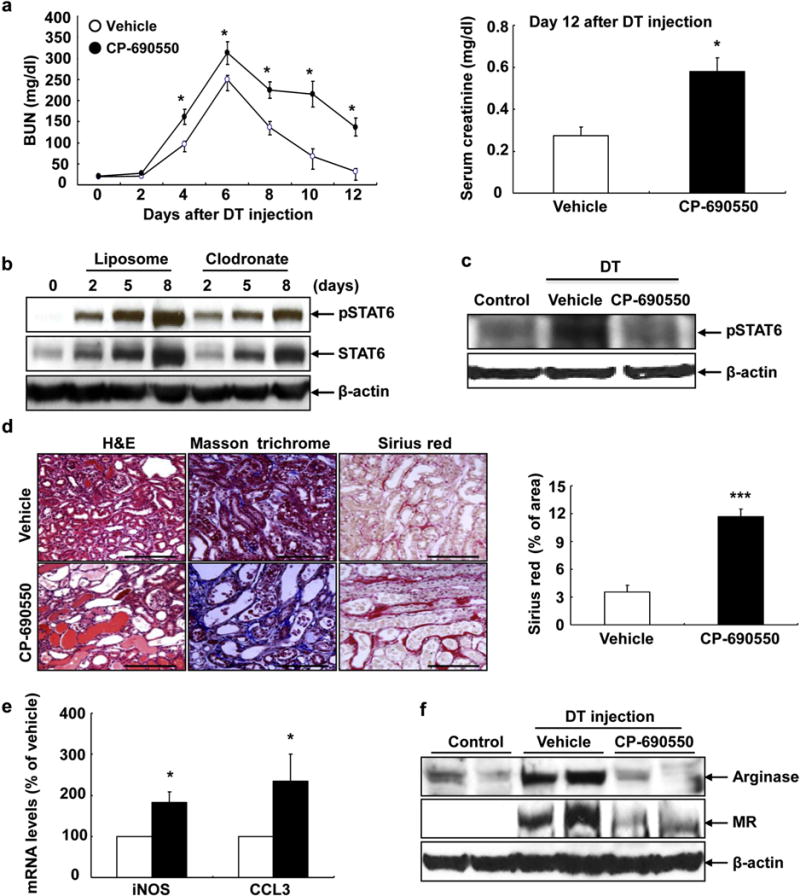Figure 1. Janus kinase 3 (JAK3) pathway promoted recovery from diphtheria toxin (DT)-mediated acute kidney injury in DT receptor mice.

(a) Levels of blood urea nitrogen (BUN) remained higher during recovery from DT-mediated acute kidney injury (AKI) with treatment of tofacitinib (CP-690550), a relatively selective JAK3 inhibitor. At 12 days after DT injection, serum creatinine was higher in mice with CP-690550 treatment. *P < 0.05 versus vehicle-treated group, n = 6. (b) Increases in total signal transducer and activator of transcription 6 (STAT6) and phosphorylation of STAT6 (pSTAT6) levels after DT-mediated AKI were attenuated by macrophage depletion with clodronate. (c) Activation of STAT6 six days following DT-mediated AKI was attenuated by treatment with CP-690550. (d) Twelve days following DT-mediated AKI, kidney injury (hematoxylin and eosin [H&E] staining) and fibrosis (Masson trichrome staining and Sirius red staining and quantification) were apparent in mice with CP-690550 administration. ***P < 0.001 versus vehicle-treated group, n = 4. (e,f) JAK3 inhibition with CP-690550 led to increased mRNA levels of inducible nitric oxide synthase (iNOS) and CC chemokine ligand 3 (CCL3) and (e) markers of M1 phenotypic macrophages/dendritic cells, but decreased protein levels of arginase and mannose receptor (MR), (f) markers of M2 phenotypic macrophages/dendritic cells at 6 days after DT injection. Bar = 120 μm in all.
